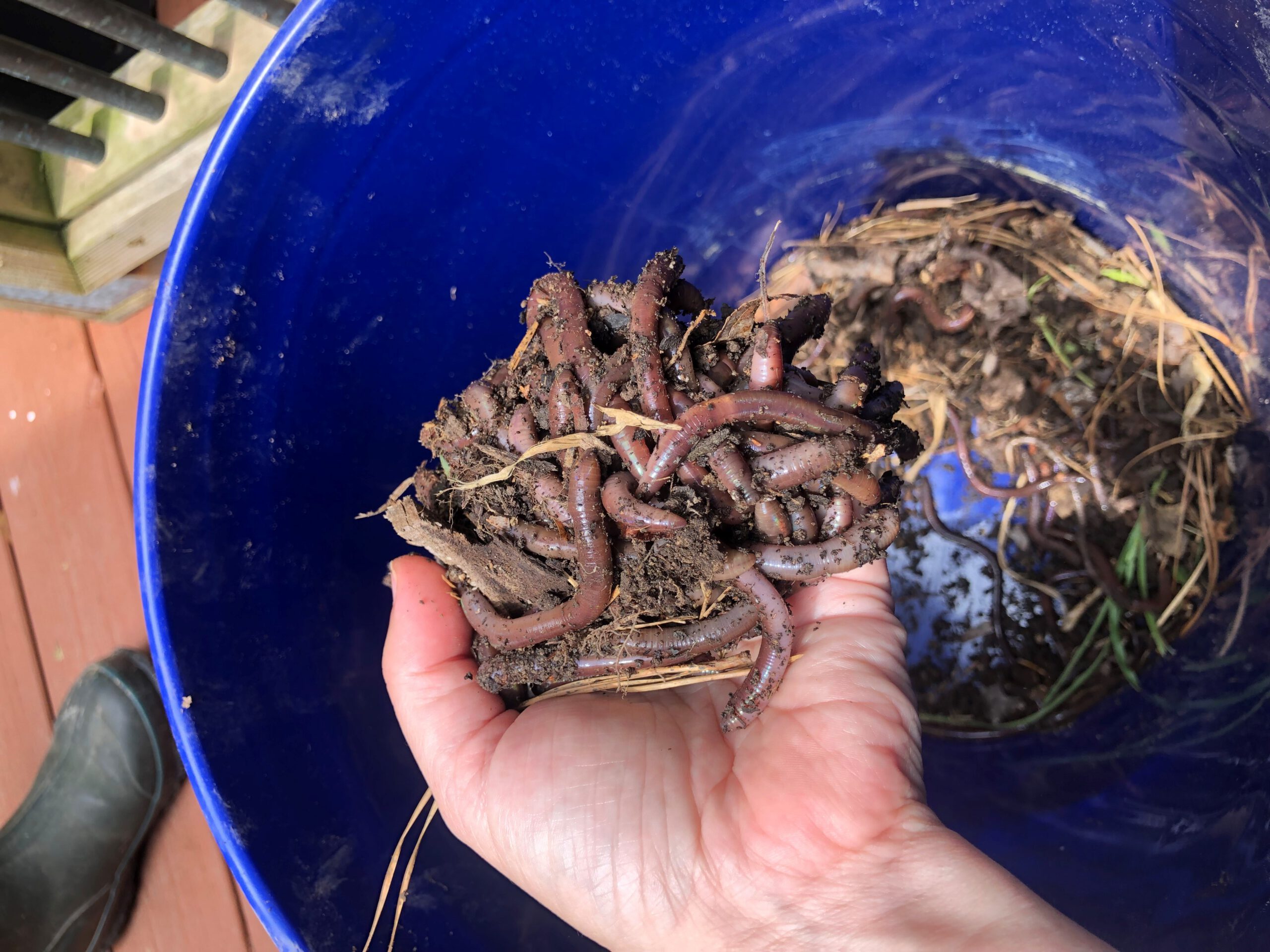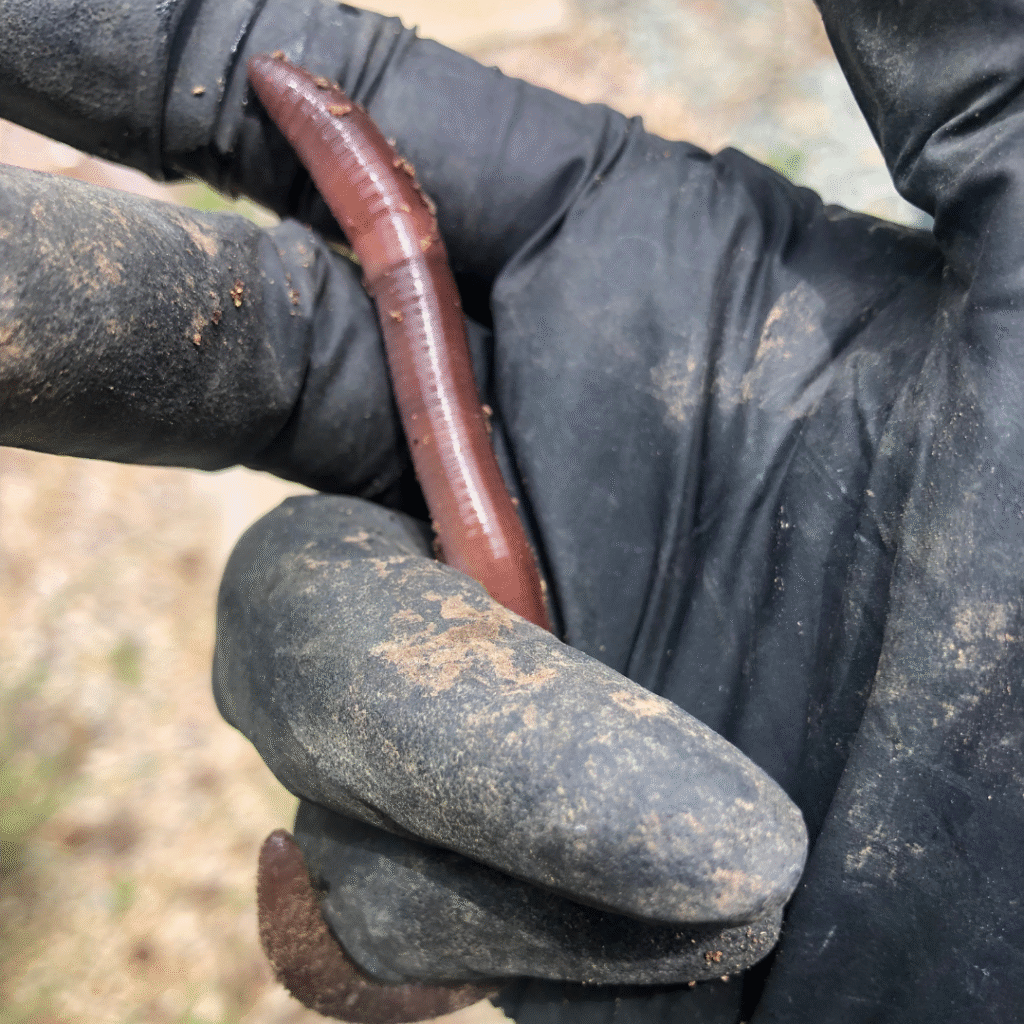By Caroline Durham Many landowners are familiar with the growing number of unwelcome guests taking…
By Laura Warman, Grants Manager

As we near summer and start spending more time out on the trails and in the garden, it’s a great time to be on the lookout for invasive species. As a quick reminder - native species can also be unruly, aggressive, and unpleasant for us but they evolved here and are now part of a larger and complex ecological picture where many species depend on each other. Think of poison ivy (Toxicodendron radicans) - many birds eat its fruits, and some rely on this itchy fiend especially during the cooler months. As unbelievable as it may sound, poison ivy leaves are also food for deer and other herbivores, and many animals use the vine tangles as shelter.
In contrast, invasive species are always species that have been brought here by humans - whether on purpose or not - from other places. These species are incredibly persistent, meaning that they reproduce well here and lack local predators, often contributing to very fast population growth. Their presence also always has a negative effect on native organisms and habitats. Not all non-native species (also called exotics) have negative effects on native habitats, but all invasives do.
The problem with earthworms
Have you heard about jumping worms? These invaders are quickly spreading throughout gardens and our local ecosystems. Originally from Asia, these are large earthworms that also known as crazy worms, snake worms, Alabama/Georgia jumpers, among other names. “But wait!” you might be thinking, “invasive earthworms? Aren’t earthworms good for the soil and for my garden?”
The answer to this is a little complicated, and we need to go back about 10,000 years to the last ice age to answer it. During the last glacial period (which lasted about 100,000 years), glaciers covered much of North America, and they left strong imprints on the land- from forming land bridges to Asia to carving out the Great Lakes. During this period, all native earthworms in the northern part of North America went extinct, and many natural systems (like boreal forests) evolved into the forms we know today without earthworms. Some native earthworms remain in the Pacific Northwest and in parts of the Southeast, but overwhelmingly, the earthworms that most of us are used to seeing are exotic and invasive species from other places- including nightcrawlers, which are from Europe.
As any gardener will tell you, earthworms function as ecosystem engineers. They eat organic matter and break it down faster than it would otherwise (which is why many people like vermicomposting), move nutrients from the surface of the soil into deeper layers, and aerate the soil by making tunnels. This is good in a garden setting, but more complicated in natural systems where a lot of organisms depend on the organic soil layer. In areas that never lost their native earthworms, the newer arrivals have accelerated recycling processes, which is not necessarily bad. However, these same effects can be devastating in forests that evolved without earthworms, where earthworms are even thought to be contributing to increased CO2 emissions.
Identifying Jumping Worms
So, what about jumping worms? One of the clearest things about these invasives is that we really don’t know or understand much about them. We know that these are recent arrivals, although it’s not entirely clear when or how they were brought in. Regardless, they are spreading quite quickly throughout the country as a silent wave. These worms are thought to have been present in North Carolina since the 1970’s, with several species of jumping worms (including Amynthas agrestis, Amynthas tokioensis, and Metophire hilgendorfi) which can occur independently or all together. You can identify these worms by their large size, aggressive movements – described as “jumping” or “snake like”, the (otherwise quite lovely) iridescent sheen, and when they are adults, they will have a prominent milky-white saddle or band that completely encircles and is flush with their body- this saddle will also be much closer to one end of the worm. If you find them, you will also find tell-tale “coffee ground” consistency of the soil, and it is likely you will not just find one. They can occur at astonishing densities.

Jumping worms are problematic because they are large, heavy bodied worms, which live close to the surface. Despite being an annual species, they consume a lot more organic matter and consume it faster than other species, and they drastically change the consistency of the surface soil to something resembling ground meat. These castings then dry out and are much more easily washed away- so the soil erodes faster, loses its nutrients and capacity to store water at an alarmingly fast rate, and delicate plant roots are unable to take hold. To compound all of this, unlike other earthworms, jumping worms mainly reproduce asexually. Each adult can produce between 20 and 400 cocoons over a year- which then hatch into clones as soon as the weather is above 50F, and who can produce cocoons of their own within 60 days. The final straw is that they don’t seem to be very tasty, so they have few-if-any predators, and there is currently no reliable way to control them.
In the words of the Cornell Cooperative Extension, “Jumping worms grow twice as fast, reproduce more quickly, and can infest soils at high densities. In areas of heavy infestation, native plants, soil invertebrates, salamanders, birds, and other animals may decline. These invasive worms can severely damage the roots of plants in nurseries, gardens, forests, and turf. They, along with other invasive worms, can also help spread invasive plant species by disturbing the soil."
Stop the spread!
For now, the only way to slow them down is to avoid spreading them. The first step is to know how to recognize them, to not spread them, and to be careful when buying soil, mulch or even plants, as they can often be in the soil. The good news is that there is ongoing research into how to best manage these invaders, but in the meantime we can all do our part by chipping in and stopping their spread.
Like many invasive species, jumping worms pose very complex problems which don’t have a fast and easy solution. The impacts of jumping worms offer another reminder to pay attention to the plants, soil, and other things we introduce into our gardens, forests, and habitats around us, as we can’t know for sure what effects a new species can have until it is too late. Be sure to keep an eye out!
